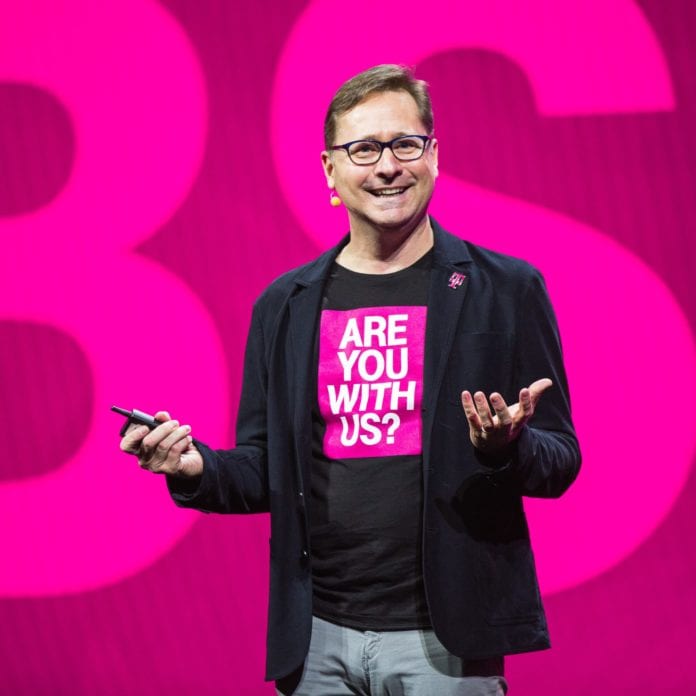Rural market share, enterprise, home broadband among T-Mobile US growth drivers
T-Mobile US CEO Mike Sievert sees a number of tailwinds the carrier can leverage to continue gaining market share as the company’s value proposition expands from a value-focused perception to now include 5G network leadership.
Speaking last week at the Goldman Sachs Communacopia + Technology Conference, Sievert described a “fantastically successful journey” that has seen T-Mo decommission the Sprint network ahead of schedule while delivering “consistent, reliable growth that’s profitable and accretive.” He said the company’s network and go-to-market strategy is based on a team that develops “careful…thoughtful business plans into the marketplace then delivers on them.”
In terms of continued growth opportunities, Sievert laid out five vectors: rural and smaller market penetration, enterprise connectivity, home broadband, churn and switchers in the top 100 markets who are looking for the best network experience.
- “In vast swaths of this country, in rural and smaller markets,” Sievert said, “our market share is in the teens. Executing our small markets and rural areas strategy is a huge tailwind for the business.”
- On the enterprise side, Sievert said T-Mobile has market share in the low double digits. “The 5G lead that we were able to create for ourselves has changed the relationship we have with enterprises significantly.”
- With a robust spectrum portfolio and significant excess network capacity, T-Mobile has begun selling cellular-based home broadband services. “We did it after a studied effort to understand how our excess capacity would open up opportunities,” he said. “Our product will serve [customers] needs for years to come.’
- He characterized the goal for T-Mobile as being the lowest churning business in its segment and noted that while competitors were previously feed on elevated Sprint churn, that’s not the case anymore.
- In the top 100 markets, “Tens of millions of people never gave us a serious look on that run to number one…What they care about most is the network and back then we didn’t have it…We’re not defending a castle in the markets where we’re number one. We’re interested in extending it.”

